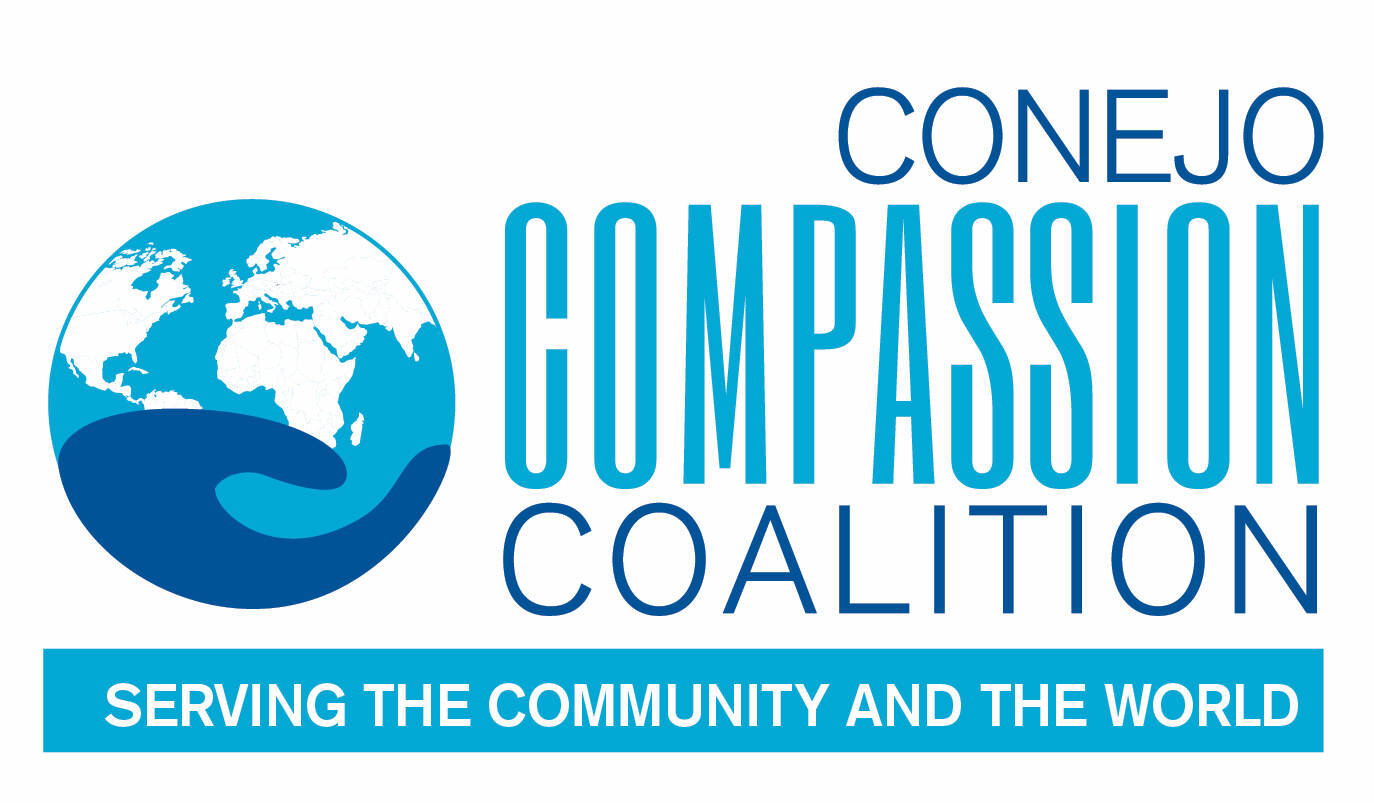
AGRICULTURE
After a steady decline, world hunger is on the rise again leaving 815 million people food insecure or undernourished – one out of every nine people on the planet. According to the Food and Agriculture Organization (FAO) of the United Nations, approximately one-third of all food produced in the world is lost or wasted. In highly food-insecure regions such as Sub-Saharan Africa, approximately 20% of all grains, 44% of roots and tubers, and 52% of fruits and vegetables are lost between harvest and consumption. Uganda has a dominant role in supplying staple foods to its regional neighbors (Kenya, South Sudan and Rwanda, in particular). It is truly the bread-basket of East Africa. Half the arable land in East Africa is concentrated in Uganda and the country benefits from abundant rainfall and two growing seasons. Yet Uganda produces only a fraction of its potential capacity for food production. Improving post-harvest storage and processing has the potential for significantly increasing the supply of staple foods available for consumption and export in Uganda.
What we are doing….
The objectives of the Conejo Compassion Coalition Agriculture Program are as follows.
1. To employ improved harvesting and post-harvest processing, to provide subsistence farmers increased quantities of beans and maize to feed their families, not just in the period immediately following the harvest but during the months following harvest when food is typically in short supply.
2. To increase the income of farmers in the target area by reducing losses during harvesting and post-harvest processing and preserving crops so that they can be sold during periods when market processing are is higher.
3. To improve the efficiency of post-harvest processing through introduction of improved techniques and shared facilities and equipment that are too expensive for an individual small landholder to own
A key component of the CCC Agriculture Initiative is the drying and preservation of maize and beans. The present method for drying produce is to spread it on tarps, and leave it outside in the sun until it is dry. The problem is that the produce is exposed to rodents, insects and rain, which can damage the crop or delay the drying process. The CCC proposed solution is to install raised drying beds enclosed in a tent-like structure to protect against rodents, insects, and rain. Once dried, the crops would be stored in Purdue Improved Storage Bags. Implementation of these two innovations could significantly improve the effective yield of harvested crops, and allow them to be stored for several months after the harvest. Among other advantages, this will permit farmers to sell their crops at a later date when prices are higher.

Traditional method for drying maize

Drying tent protects against, rodents, insects and rain.

Drying beds for beans and maize

